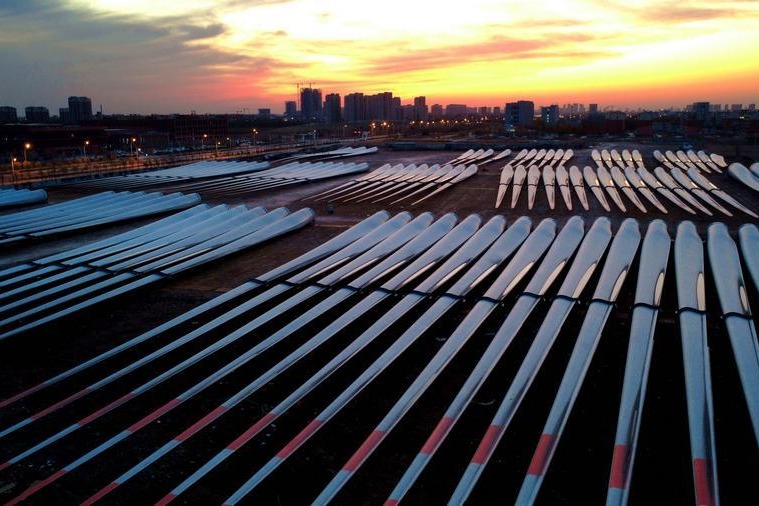Five places recommended

Museum of Wu, Jiangsu province

Placed on the bank of the Grand Canal in Wuzhong district in Suzhou, Jiangsu province, the museum serves as a leading platform for the exhibition, research and learning of Wu culture and the historical traditions of the Wu region. This is an area in southeastern China that includes parts of modern-day Jiangsu, Zhejiang and Shanghai. Wu culture is known for its distinct language, arts, customs and intellectual contributions, which have played a vital role in the development of Chinese civilization.
Taiyuan Northern Qi Dynasty Mural Museum, Shanxi province

The museum features murals dating back 1,400 years to the Northern Qi Dynasty (550-577) in Taiyuan. It showcases the archaeological discoveries unearthed at the tomb of a high-profile official from the era and is regarded as the first of its kind in China. Ancient murals collected in Shanxi are on display in the museum, reflecting the accomplished artistry of ancient Chinese craftsmen.
Luoyang Museum of Ancient Tombs, Henan province

The museum is located at Mangshan in the north suburb of Luoyang, about 8 kilometers from the city center. It comprises a few complex buildings displaying the Han (206 BC-AD 220) and Northern Wei (386-534) dynasties' architectural styles. The museum features an underground section in the shape of a square. Exhibition halls are located at the four corners and 25 ancient tombs are distributed to showcase the characteristics of typical tombs in Luoyang over 3,000 years.
Dingzhou Museum, Hebei province

The museum highlights the cultural and historical heritage of the ancient Zhongshan State, which existed during the Warring States Period (475-221 BC) in what is now Hebei. Visitors can also appreciate Dingzhou porcelain, Buddhist culture and ancient writings at the museum which houses over 100,000 cultural relics of significance.
Tengzhou Museum, Shandong province

The Tengzhou Museum walks visitors down the historical development of Tengzhou city from the Neolithic Age to the modern period. It hosts more than 82,000 cultural relics, including bronze wares from the Shang Dynasty (c.16th century-11th century BC) and jade from the Neolithic Age to the Xia Dynasty (c.21st century-16th century BC). The museum is renowned for its bronze wares with beautiful motifs and rich inscriptions.
Today's Top News
- Macao SAR holds flag-raising, reception to mark 26th anniversary of return to motherland
- China issues rules to regulate pricing practices of internet platforms
- US hits over 70 IS-linked targets in Syria in massive retaliatory strikes
- Technological innovation brings cultural heritage alive
- Consumption to play bigger part in growth
- Opposition moves to impeach Lai






























